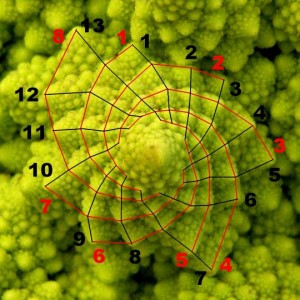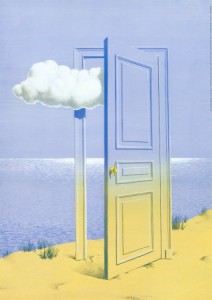In the chapter we read from the book “On Growth and Form”, D’Arcy Wentworth Thompson analyzes the study of the form of nature primarily with descriptive methods and later in an analytical way, mathematically described and represented by mathematical formulas and coordinate systems.
The analysis of the forms by mathematical description are made in four different ways: by changing the dimensions of the coordinate system; by changing the direction and dimension of the point of origin; by making the coordinates system oblique through changing its position to a certain angle; and finally by using radial coordinates coming from a single point.
An important point mentioned by Thompson is that he could mathematically describe the nature in a generalized manner, but never in a particular way. For example the mathematical description of the shape of a wave in the ocean that will never be the description of a specific wave, that has its form depending on its origin and its relationship towards the winds of where it is.
We can find the application of descriptive systems by mathematical coordinates in 3D software we use for graphic representation of architecture and design.


